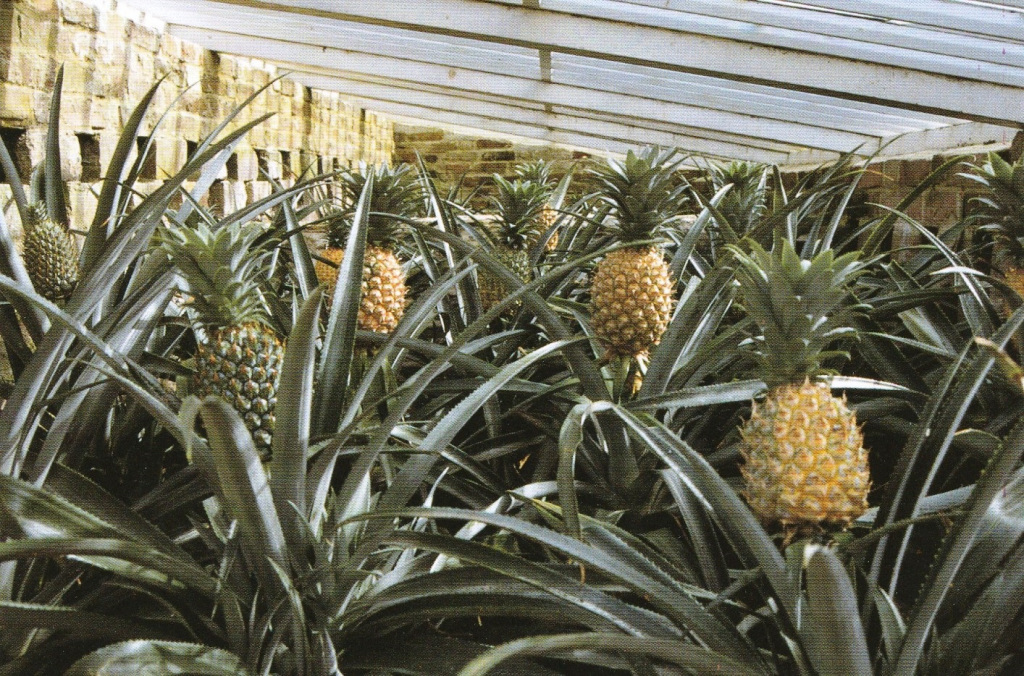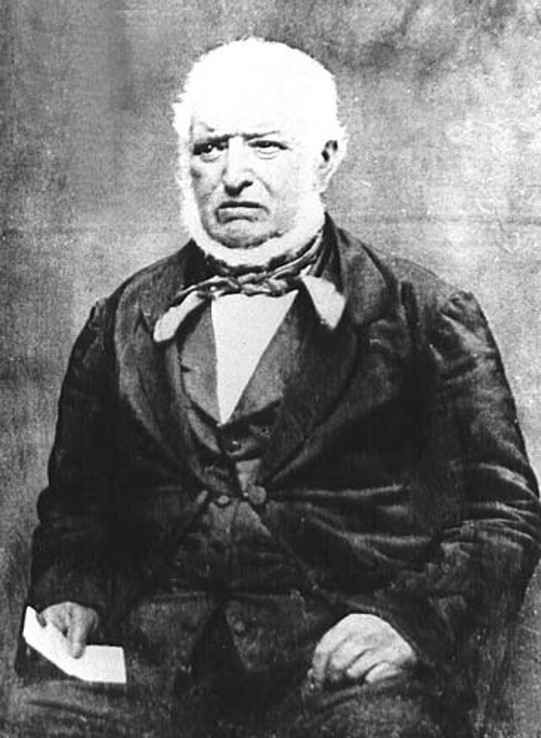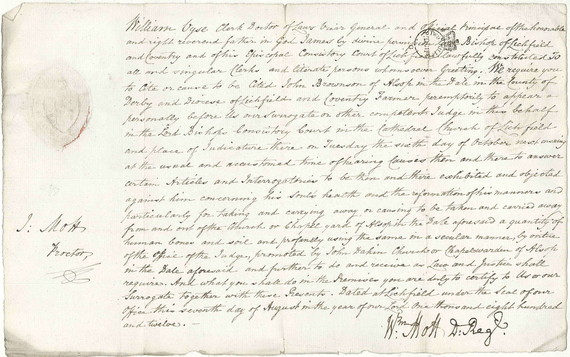 Join us in The Learning Room to discover a range of articles based on research and collections across the Archives and Heritage Service. You can sign up here
In this edition of the newsletter we take a look at the cut throat world of pineapple growing in Staffordshire during the 18th and 19th centuries by regular volunteer Sue Gregory.
 Pineapples growing at the Secret Garden of Heligan (c. Sue Gregory)
A native of South and Central America, the pineapple came to England via Holland and was first recorded in the gardens of the Duke of Portland in 1690. The portrait of King Charles II receiving one from his gardener in 1670 gives the illusion that it was cultivated here but the fruit is thought to have been imported. Quickly taken up by those who could afford the costs of cultivation it became very desirable for desserts and a symbol of luxury and hospitality, it was often depicted in masonry on finials and gate posts. In 1768, Philip Miller curator of Chelsea Physic Garden wrote that "this fruit is justly esteemed for its flavour as it surpasses all the known fruits in the world".
Botanically a member of the bromeliad family, it took 18 months for each plant to produce a single fruit from its centre if kept growing at a temperature of 80-85 degrees Fahrenheit. Once the fruit was cut the plant was discarded so a constant succession of young plants had to be maintained. They were propagated by means of crowns (the top of the plant returned from the kitchen) or suckers from the base of the parent plant. In the 18th century, hot beds in vineries were used but by 1817 the method had changed to heating by steam in special glass houses known as pine pits. From the beginning, gardeners experimented with every aspect of the cultivation, many of them writing treatises on the subject or letters to the horticultural journals. It was very much in their interest to do so because it increased their employment value considerably.
In the Gardener's Magazine of 1828, William McMurtrie, Lord Anson's gardener claimed that the Otaheite Pine[apple] was first cultivated at Shugborough and had been grown there for 30 years but he was challenged by C. Webster of Fazeley who claimed it had been grown at Colton Hall, near Rugeley since 1797. This argument ran for nearly a year, each man quoting his predecessor and each letter becoming more acrimonious than the last. If a gardener could not claim the earliest cultivation, he would claim the best method or the greatest size of a single fruit.
 William McMurtrie Head Gardener at Shugborough 1815 - 1836 (P88.20.1)
The first pineapples to be grown were about four pounds in weight but competitive gardeners tried to grow the heaviest and by the middle of the 19th century ten pounds or more was not unusual. There were even bets taken on this by garden owners as shown in Earl Talbot's letter to the land agent at Trentham in July 1847, "Would you be good enough to ask Mr Fleming what the size and probable weight of his largest pineapple is ... a wager depends on this". The dimensions given by Fleming were "circumference 211/4", height stalk to crown 12", estimated weight 91/2 lbs". The reason for the query was due to Fleming being one of the regular prize winners for fruit at the shows of the Horticultural Society of London [RHS]. The medals of the highest value were awarded for pineapples.
Fleming had learned how to cultivate all fruits as an apprentice of Andrew Chapman, head gardener at Trentham, 1800-1826, who had been recruited from Harewood Hall, Yorkshire where he had learned his craft from his uncle Robert Chapman, one of the earliest authors on the subject. Andrew Chapman was required to send fruit to his employers in Scotland or London, fortunately pineapples travelled (by mail coach) better than most exotic fruit. He was so good at cultivating them that in the frequent absence of the family from Trentham he maintained a lucrative business in their sale. In 1826, it was discovered that instead of having about 800 plants in progress and succession, (the usual number in typical gardens), he had 3,000 and he was said to be "making some hundreds a year by sending them to London and selling on his [own] account". He was dismissed.
The expense of growing this exotic fruit led to a decline after this time because the first imports from Bermuda had started in1824 although it was in the interests of gardeners to keep it going until the second half of the 19th century.
 B-C-5-1812-96 Bone Stealing
Bone Stealing over the Border
We recently came across this intriguing document from the Lichfield Diocese Consistory Court Records (document reference B/C/5/1812/96) which deals with skulduggery (literally) over the county border in Derbyshire. The document, dated August 7, 1812, summons farmer John Brownson of Alsop in the Dale to appear before the church court…
‘…to answer certain Articles and Interrogations to be then and there exhibited and objected against him concerning his soul’s health and the reformation of his manners, particularly for taking and carrying away or causing to be taken and carried away from and out of the church or chapel yard of Alsop in the Dale a quantity of human bones and soil and profanely using the same in a secular manner…’
Presumably Brownson was using the soil and the human bones to fertilize his fields – either that or something far more sinister!
 D3086-1d
Stafford Oyster Club
During the recent lockdown quite a few older catalogues have been added to the online catalogue. This includes an odd little collection for Stafford Oyster Club (D3086). This was a convivial gathering of some of Stafford’s professional gentlemen, mainly in the 19th century, to eat oysters and be merry. Meetings were fortnightly during the winter oyster season. The club met mainly at The Swan Hotel, with a shorter period at the North-Western Railway Hotel. On the title page of the book is a pencil drawing of a swan. A note at the bottom of the right-hand page shown here confirms the merriness. The entry at the bottom of the left-hand page reveals an older book was to be kept safely, but this has unfortunately not survived. Of the people featured here, Charles Trubshaw was County Surveyor, William Buxton was a mayor, the Morgans were lawyers and merchants, John Marson owned the shop in the High House, others were from prominent Stafford families. The last entry we have was for 1918 when the war was causing problems of supply and travelling to meetings.
 This week we meet Laura Clarke, Archive Assistant and cardboard wig maker at the Record Office who is setting new standards among the ever fashion conscious Archives and Heritage team.
What does your role involve?
I cover the reading room, interacting with visitors in person and answering enquiries and cover the remote enquiries and orders too. I copy documents for orders, collate the information request payment and send out paid-for orders. I ‘produce’ and put away documents that have been requested by members of the public using the reading room or for copy orders.
When did you start working with the Archives and Heritage Service?
I started working here in April 2019.
What made you choose this career?
I have worked at a range of Libraries and Archives, including Leek Library, The Heinz Archive and Library (NPG) and The Jocelyn Herbert Theatre Archive. I fell into Library work when I started at Leek Library at 19 as a Saturday job, I then accidentally fell into Archive work with the Jocelyn Herbert Archive and so on…
What is your favourite object or document or photograph from the collection?
My favourite part of the collections is seeing someone’s mark. I most regularly see the term on wills and think it must have been one of the few opportunities pre-photography to leave a tangible record of yourself.
What is your most memorable moment about working for the Service?
I already have lots of happy memories of the service. I’m consistently struck by the collective sense of humour, kindness towards each other (despite relentless mocking) and people’s excellent choice in biscuits and sweet treats.
Away from work, do you have a hidden talent or special skill?
I have recently been making ‘costumes’ for the Public Service Team meetings. Before this I had no idea I could make a relatively convincing wig out of card.
 Following on from Sue's article about growing exotic fruit can you solve the Historic Garden Produce crossword? The solution will be included in the next edition.
 Down
1 Brown Turkey is a popular variety of this fruit
2 Shugborough boasted a glass house dedicated to this delicate fruit
3 Warm garden walls protected these smooth sweet fruits from frost
4 A heated structure in which to grow tender fruit and vegetables (5,5)
6 Pick, pop and shell
9 Rare today but a popular in the 19th century this black root vegetable can grow as long as a metre in length
10 A member of the thistle family and similar to an artichoke the tender leaves and stalks of this plant can be cooked or eaten fresh in salads while the blanched portions are used like celery in stews and soups.
11 ‘Snake’, ‘Russian Doll’ and ‘Crown of Thorns’ are all varieties of this unusually shaped vegetable harvested in the autumn.
13 A 16th century South American discovery that has become a garden and allotment staple
15 An exotic often grown in an orangery in the 18th century
Across
4 The word on the street is that no large historic vegetable garden should be without one (5,4)
5 The name given to this delicious, exotic and expensive crop during the 18th and 19th centuries
7 Shorter in length than 9 down, this root vegetable is a member of the dandelion family and is also known as the oyster plant due to its similar taste when cooked.
8 A popular vegetable with a very short season in late spring early summer
12 An area in a garden named for this round, sweet low growing crop (5,6)
14 An annual herb in the celery family
16 Historically many houses had these areas, in the 19th century larger ones were surrounded by high brick walls (7,6)
Our aim is to keep you updated with the latest developments and events. If you do not wish to receive this newsletter please use the 'unsubscribe' button at the bottom of this page.
|